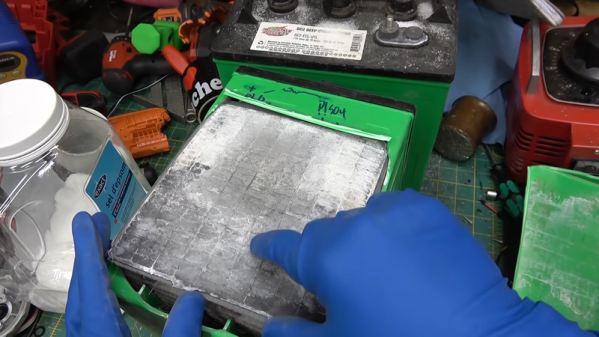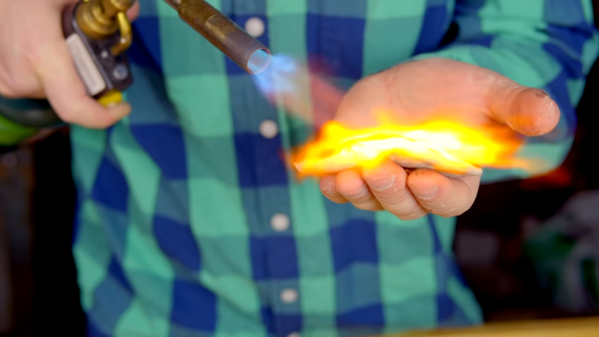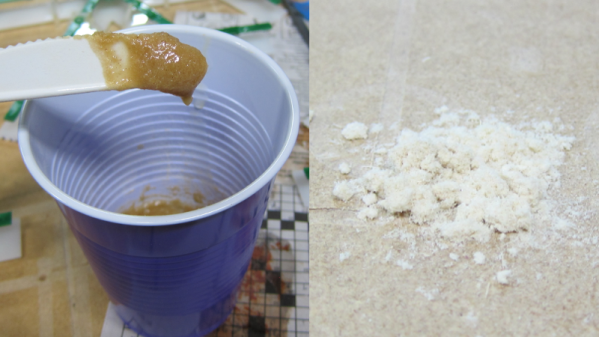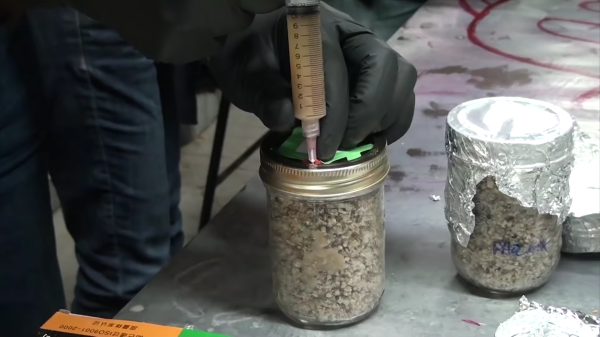Despite a lot of advances in battery technology, lead acid batteries are still used in many applications due to cost and their ability to provide a lot of surge current. But they don’t last forever. However, [AvE] shows that in some cases a failed battery can be restored with — of all things — epsom salts. If it makes you feel funny to use the stuff grandpa soaks in when he has a backache, you can call it magnesium sulfate.
You can find a complete explanation in the video below (which includes [AvE’s] very colorful language), but fundamentally, the magnesium sulfate dissolves lead sulfate build-up on the battery plates. The fix is usually temporary because this build-up occurs with other failure mechanisms like plate material shedding and collecting at the bottom of the battery. Obviously, epsom salt can’t repair damaged plates or do any other magic cure.


















